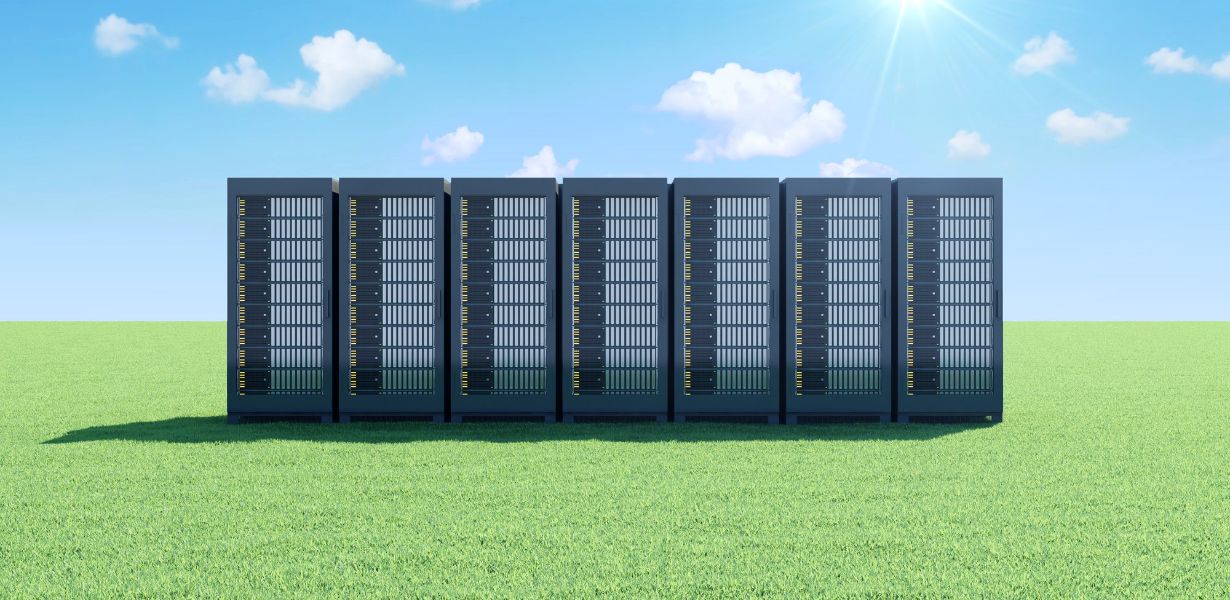
Eco-Friendly Public Clouds: Navigating Sustainable Data Centers and Green Computing
- Post
- August 8, 2023
- Cloud Computing, Internet & Web Services, Public Clouds
- 0 Comments
In the modern digital landscape, the term “cloud” has transcended its meteorological connotation to become synonymous with data storage and processing. The emergence of public clouds, with their vast computing resources and accessibility, has revolutionized the way businesses and individuals manage and utilize data. However, with the growing concerns about environmental sustainability, the focus has shifted towards creating eco-friendly public clouds that minimize their carbon footprint. In this comprehensive exploration, we delve into the realm of sustainable data centers and green computing, unraveling the intricacies of eco-friendly public clouds.
The Green Imperative of Public Clouds
Public Clouds: Understanding the Landscape
Before delving into the sustainable aspects, let’s demystify the public cloud concept. A public cloud is a shared pool of computing resources delivered over the internet. Companies providing public cloud services, like Amazon Web Services (AWS), Microsoft Azure, and Google Cloud Platform, offer a range of services such as virtual machines, storage, and databases. This model eliminates the need for organizations to invest in and manage physical hardware, making it a cost-effective and scalable solution.
What Sets Eco-Friendly Public Clouds Apart?
Eco-friendly public clouds not only embrace the inherent advantages of public cloud services but also prioritize sustainability in their operations. These clouds are designed to minimize energy consumption, reduce carbon emissions, and promote responsible resource utilization.
Sustainable Data Centers: The Backbone of Green Computing
Unveiling Sustainable Data Centers
Data centers serve as the nerve centers of cloud computing. These facilities house servers, networking equipment, and storage systems that power the digital world. Sustainable data centers are at the heart of the eco-friendly cloud movement. These centers employ innovative technologies to optimize energy efficiency, from advanced cooling systems to renewable energy sources.
Energy-Efficient Hardware and Infrastructure
A key component of green computing is the use of energy-efficient hardware. This involves employing processors, memory modules, and storage devices designed to consume less power without compromising performance. Additionally, data centers are adopting advanced infrastructure designs that enhance airflow, distribute heat efficiently, and minimize energy wastage.
The Renewable Revolution: Powering Eco-Friendly Clouds
Embracing Renewable Energy Sources
One of the defining features of eco-friendly public clouds is their reliance on renewable energy sources. Traditional data centers often rely on fossil fuels, contributing to significant carbon emissions. In contrast, sustainable data centers harness solar, wind, hydro, and geothermal energy to power their operations, significantly reducing their carbon footprint.
Energy Storage and Management
Renewable energy sources can be intermittent, posing challenges in maintaining consistent power supply. Eco-friendly public clouds address this by integrating advanced energy storage solutions, such as batteries, to store excess energy and ensure uninterrupted operations.
The Cooling Conundrum: Innovative Cooling Techniques
Cooling for Sustainability
Cooling is a critical aspect of data center operations. Traditional cooling methods consume substantial energy and can be environmentally taxing. Eco-friendly public clouds employ innovative cooling techniques, such as liquid cooling and air-side economization, to maintain optimal temperatures while minimizing energy usage.
Final Words
In the realm of cloud computing, sustainability is no longer a mere option—it’s an imperative. Eco-friendly public clouds, propelled by sustainable data centers, are shaping a future where technology coexists harmoniously with the environment. As businesses and individuals alike seek responsible digital solutions, the marriage of cloud computing and environmental consciousness paves the way for a greener, more sustainable digital landscape.
Commonly Asked Questions
Q1: What is a public cloud, and how does it differ from other cloud models?
A1: A public cloud is a type of cloud computing model where computing resources are shared and accessed over the internet. Unlike private or hybrid clouds, public clouds are owned and operated by third-party providers, offering scalability and cost-effectiveness.
Q2: Which public cloud providers are leading the way in eco-friendly practices?
A2: Public cloud giants like AWS, Microsoft Azure, and Google Cloud have all made significant strides in adopting sustainable practices. They are investing in renewable energy sources, optimizing data center operations, and promoting energy-efficient hardware.
Q3: How do sustainable data centers impact energy consumption and carbon emissions?
A3: Sustainable data centers employ energy-efficient technologies and renewable energy sources, resulting in lower energy consumption and reduced carbon emissions compared to traditional data centers.
Q4: Are there any challenges associated with renewable energy adoption in data centers?
A4: While renewable energy adoption is promising, challenges include intermittent energy production and initial setup costs. However, advancements in energy storage and decreasing renewable energy costs are mitigating these challenges.
Q5: How can businesses contribute to the growth of eco-friendly cloud computing?
A5: Businesses can opt for cloud providers with robust sustainability practices, optimize their cloud resource usage, and implement energy-efficient technologies within their operations to support the growth of eco-friendly cloud computing.




